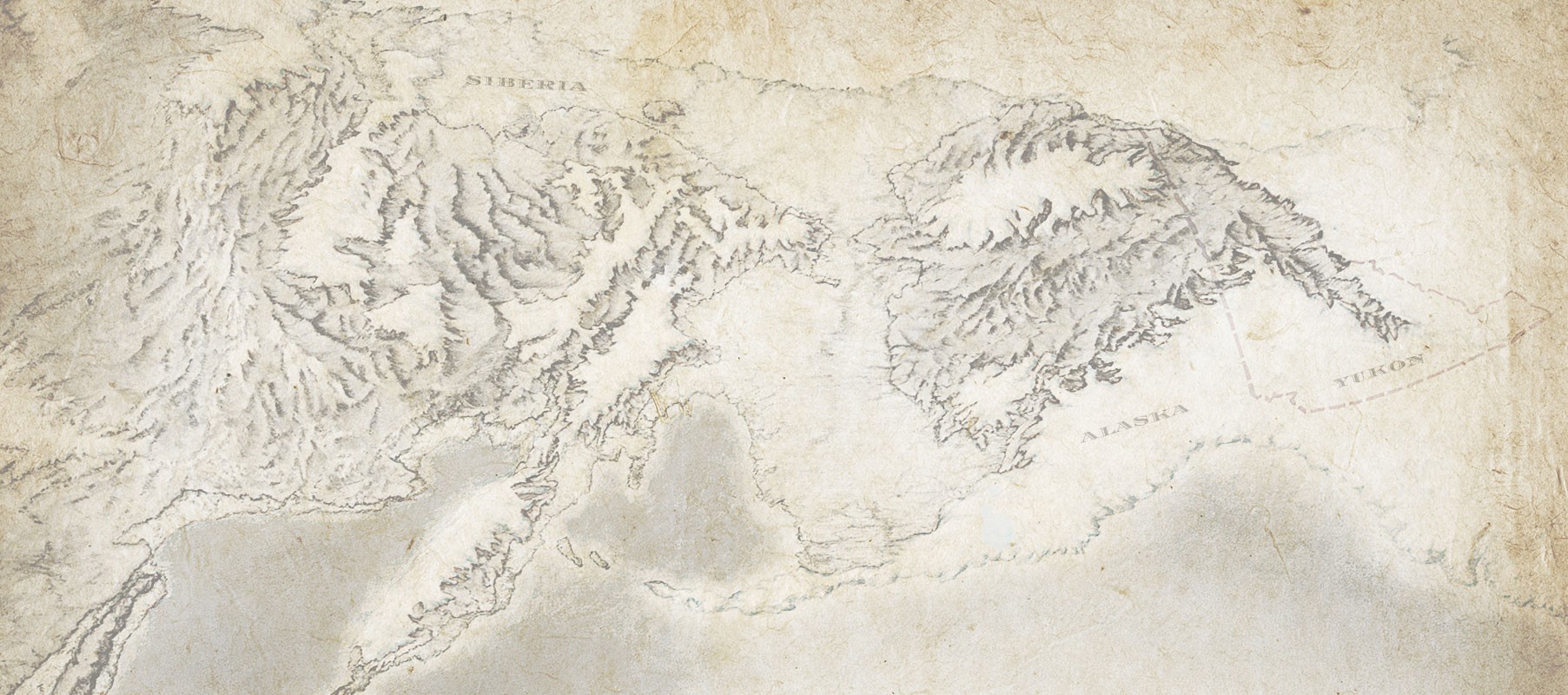Imagine a world where the vast steppe stretches unbroken as far as the eye can see.
It was a time when vast glaciers covered most of northern North America, locking up much of the world’s water as ice. During these “glacial periods”, global sea levels dropped as much as 100-150 metres, revealing the floor of the Bering Sea and creating a connection of land between Alaska and Siberia.
This land bridge was part of the area we now call Beringia—an area stretching from Yukon to Siberia.
Unlike the rest of North America, the Beringian landscape in the far north remained free of ice. Glaciers did not form here because the climate was too dry. The lack of moisture also caused the boreal forests to disappear, turning the land into a vast plain full of nutritious grasses, herbs and flowering plants—an ecosystem that we now call the mammoth steppe.
The mammoth steppe was home to large herds of grazers, including woolly mammoths, steppe bison, and Yukon horses. It was also home to their predators—American lions, scimitar cats, giant short-faced bears, and the first humans to arrive in North America.
However, the earth’s climate was not always cold. Over the last 2.5 million years, earth’s climate has been made up of repeated cycles of cold “glacial” and much warmer “interglacial” periods. In the warmer interglacial periods, temperatures were similar to what we see today.
The last of these warm spells ended around 100,000 years ago. The warmer temperatures brought with them more moisture. The familiar boreal forests returned and the Bering land bridge was submerged once more. With these changes, a different set of animals thrived in the region. The huge Jefferson’s ground sloth, the giant beaver and the mastodon are just a few examples of the animals that once roamed Yukon’s ancient interglacial forests.
More than an area on a map

Beringia was much more than simply a region on a map, or a place where mammoths roamed a cold grassy plain. It was a gateway between continents.
The great North American ice sheets may have cut off Yukon from the rest of North America, but because of the Bering land bridge, this northwest corner of North America wasn’t completely isolated—it was connected to Siberia.
The land bridge allowed for the migration of species between the Americas and Eurasia. Many species of plants and animals were able to move from one continent to another. Horses, camels, caribou and black bears migrated out of North America, while bison, mammoths, moose, elk and humans migrated into North America. We may even find that woolly rhinoceros once moved across Beringia into North America! Without Beringia, the world would be very different from the way we know it today.
The Earth completed its last transition from cold glacial times to the present warm period around 11,000 years ago. The massive glaciers melted, flooding the land bridge and once again separating Asia and North America. Many of the ice age plants and animals, like woolly mammoths and the Yukon horses, disappeared — but others like caribou, sheep and grizzly bears can still be seen today.


